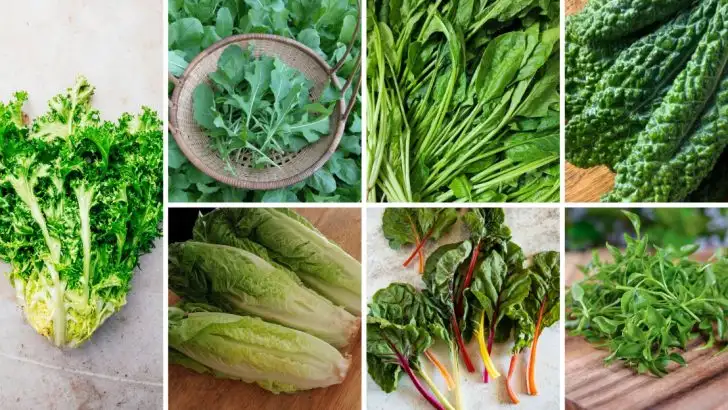Salad greens are much more than a crunchy addition to your plate—they’re packed with nutrients that can benefit your health in a variety of ways. Many of these greens offer impressive health perks, from supporting gut health to helping lower blood pressure and even boosting immunity. Adding a variety of these leafy vegetables to your meals is a simple and delicious way to give your body the nutrition it needs.
Incorporating these 16 salad greens into your diet can be a game-changer for overall well-being. Each green comes with its own unique set of benefits, such as providing fiber for digestion, antioxidants to fight inflammation, and minerals to support heart health. Whether you’re tossing them into a salad, mixing them into smoothies, or using them as a garnish, these greens are an easy way to boost your health and feel great.
Arugula

Arugula, with its spicy kick, is a leafy green beloved for its unique flavor and health benefits. Often incorporated into salads and sandwiches, it’s rich in antioxidants and vitamins A, C, and K. These nutrients help lower blood pressure and boost immunity.
In addition to its nutritional profile, arugula is known to promote gut health due to its high fiber content. This makes it a fantastic choice for aiding digestion. Whether tossed in a salad or added to a pizza, arugula delivers a delightful taste and myriad health benefits.
Spinach
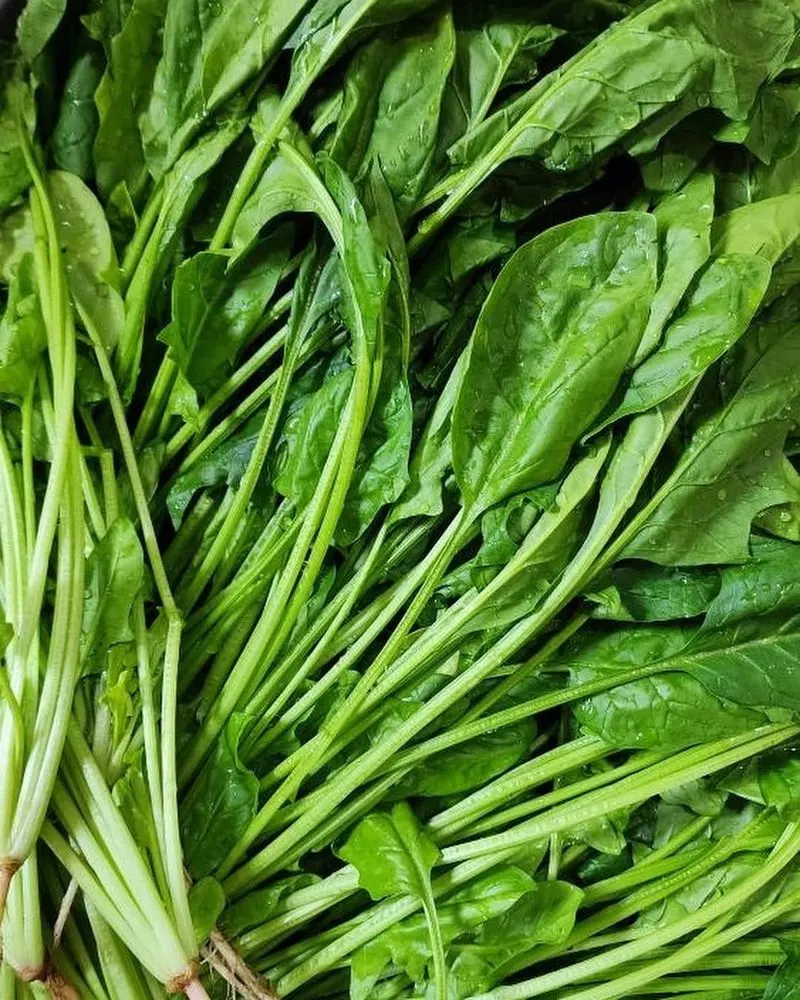
Spinach, a versatile leafy green, is packed with vitamins and minerals that are crucial for maintaining good health. It is notably high in vitamin K, which plays a vital role in blood clotting and bone health.
Additionally, spinach is rich in iron and magnesium, supporting energy levels and muscle function. The fiber content aids in digestion, promoting a healthy gut. Spinach can be easily incorporated into any meal, whether in smoothies, salads, or as a cooked side dish, offering both flavor and a nutritional boost.
Kale

Kale, often dubbed a superfood, is a hearty green rich in nutrients. It contains powerful antioxidants such as quercetin and kaempferol, which combat oxidative stress and inflammation.
High in vitamin C and beta-carotene, kale supports immune function and eye health. Its high fiber content also aids digestion and promotes a healthy gut. Incorporating kale into your diet can be as simple as adding it to salads, smoothies, or soups. Its robust texture and flavor make it a versatile ingredient in numerous dishes.
Romaine Lettuce

Romaine lettuce is a crunchy and refreshing green that is often the star of classic Caesar salads. It’s high in vitamins A, C, and K, which are essential for maintaining healthy vision, skin, and bones.
The folate in romaine lettuce supports heart health and cellular function. Its crisp texture and mild flavor make it a favorite addition to many dishes. Whether as a salad base or a wrap, romaine lettuce provides a delightful crunch and a nutritious boost to your meal.
Swiss Chard
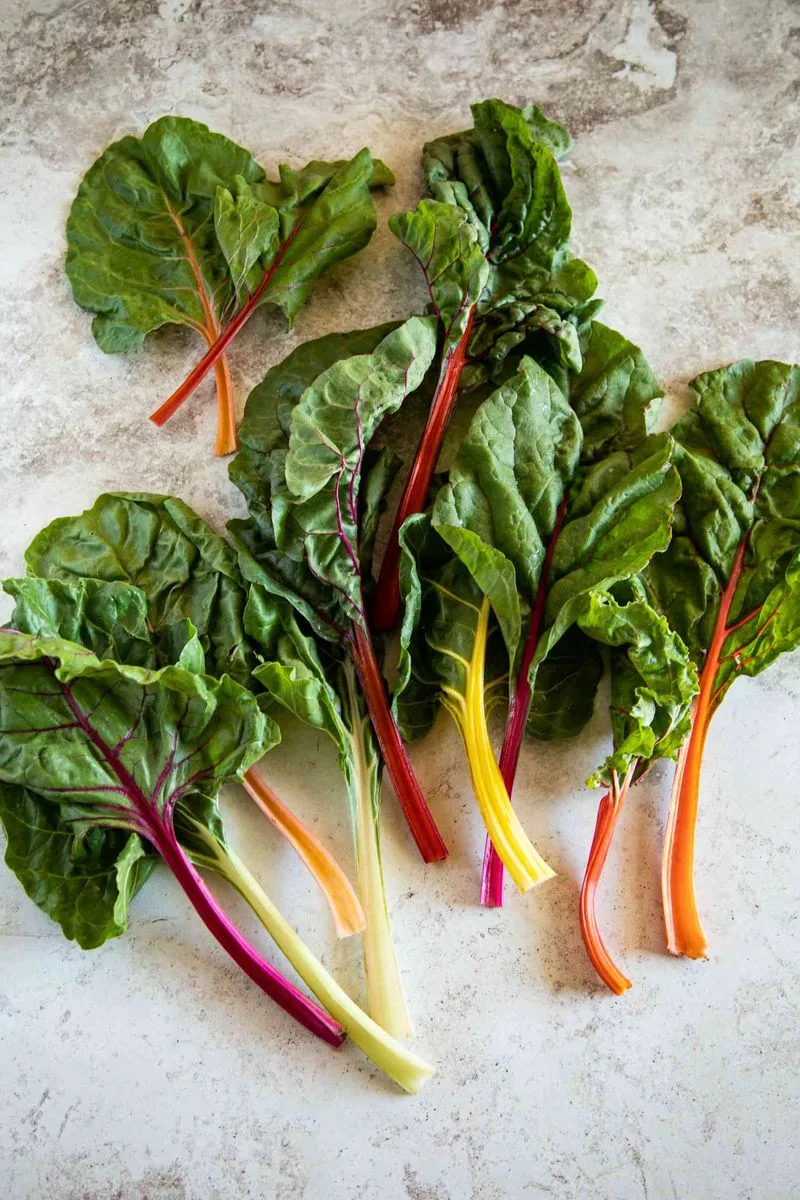
Swiss chard is a leafy green known for its stunning colors and nutritional benefits. Rich in vitamins K, A, and C, it helps boost the immune system and supports healthy bones.
Not only is Swiss chard high in antioxidants, but its fiber content also aids in digestion, making it a great choice for gut health. Its slightly bitter taste and vibrant colors make it a versatile ingredient in salads, sautés, and soups. Whether enjoyed raw or cooked, Swiss chard adds visual appeal and health benefits to your plate.
Watercress

Watercress, a peppery and nutrient-rich green, is often overlooked but deserves more attention. It’s packed with vitamins A, C, and K, which support immune function and bone health.
Rich in antioxidants, watercress helps combat oxidative stress and inflammation. Its high fiber content aids digestion and promotes gut health. Often used in sandwiches and salads, watercress adds a refreshing bite to any dish. Including watercress in your diet not only enhances flavor but also provides numerous health benefits.
Radicchio

Radicchio, with its striking red color and slightly bitter taste, is a unique leafy vegetable often used in Italian cuisine. It’s rich in antioxidants like anthocyanins, which support heart health and lower blood pressure.
Vitamin K in radicchio aids in bone health, while its fiber content enhances digestion, promoting a healthy gut. With its bold flavor, radicchio can be grilled, roasted, or added to salads, providing both visual appeal and nutritional benefits. Its distinct taste complements a variety of dishes, making it a versatile green.
Cabbage

Cabbage is a versatile vegetable with a mild flavor and robust crunch. It’s packed with vitamin C, which boosts the immune system and supports skin health.
High in fiber, cabbage aids digestion and promotes a healthy gut. Its anti-inflammatory properties help lower blood pressure and reduce the risk of chronic diseases. Whether fermented into sauerkraut, added to soups, or used in salads, cabbage offers numerous health benefits and can be enjoyed in various culinary dishes. Its versatility and nutrition make it a staple in many diets.
Endive
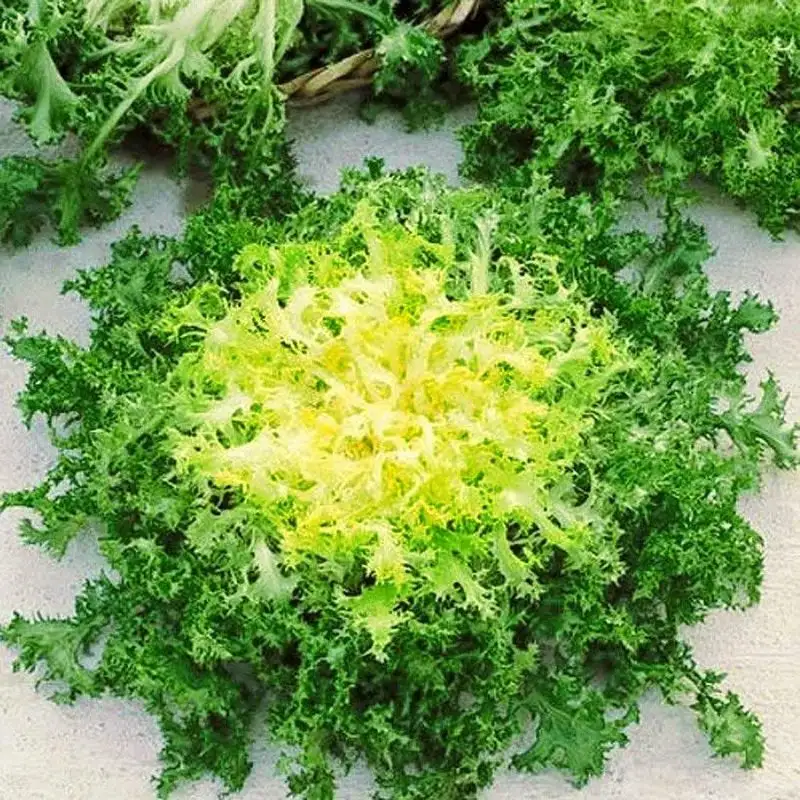
Endive, with its crisp texture and slightly bitter taste, is a leafy green often used in salads and appetizers. It’s a good source of vitamins A, C, and K, which are essential for vision and bone health.
The fiber in endive supports gut health by aiding digestion. Its low-calorie content makes it a great choice for weight management. Endive’s unique flavor and texture provide a refreshing contrast when paired with sweet or savory dressings. Including endive in your meals not only enhances flavor but also contributes to overall wellness.
Collard Greens

Collard greens, known for their large, dark green leaves, are a staple in Southern cuisine. They offer a wealth of nutrients, including vitamins A, C, and K, which are important for vision and immune health.
These greens are high in fiber, promoting digestive health and a happy gut. Collard greens can be enjoyed boiled, sautéed, or in stews, providing a hearty and nutritious addition to meals. Their robust texture and flavor make them a versatile choice in various dishes, enhancing both taste and nutrition.
Bok Choy
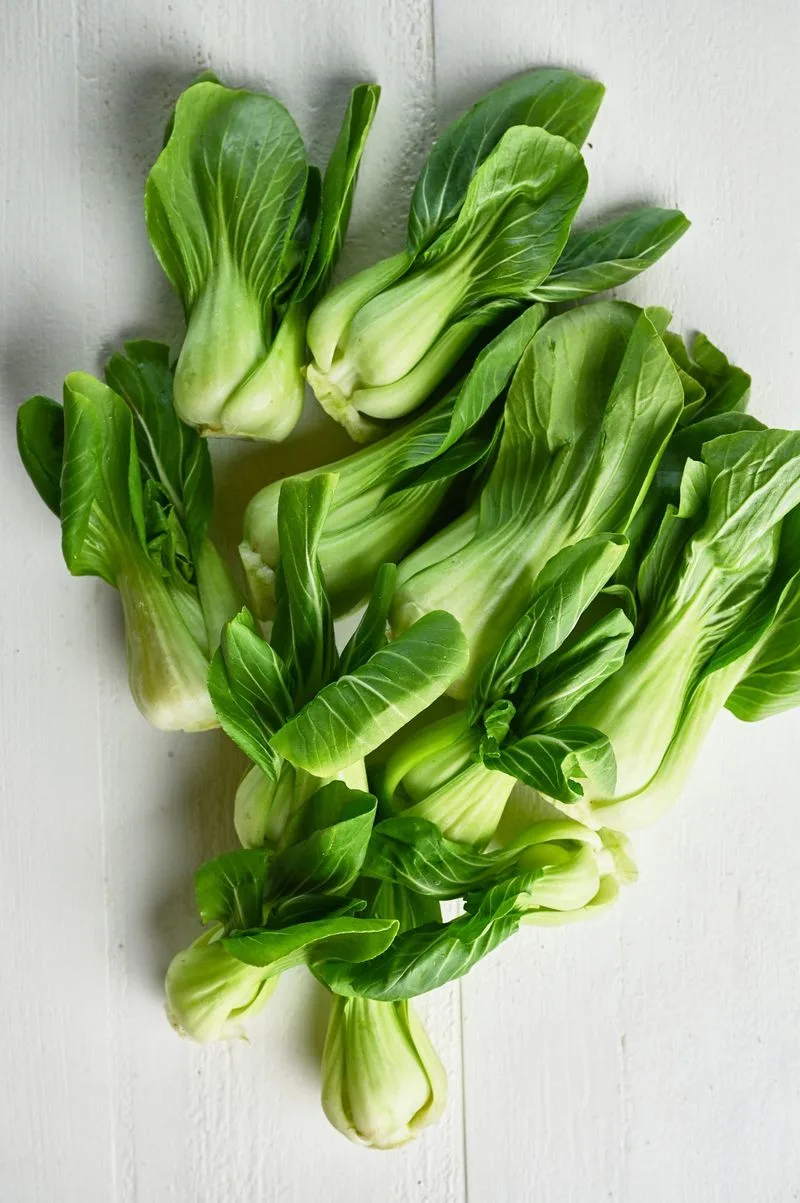
Bok choy, a popular Asian green, is recognized for its mild flavor and crunchy texture. It’s a rich source of vitamins A, C, and K, supporting immune function and bone health.
The calcium content in bok choy is beneficial for maintaining strong bones. Its high fiber content aids digestion, promoting gut health. Bok choy can be stir-fried, steamed, or added to soups, offering versatility in culinary uses. Incorporating bok choy into your meals provides a delightful crunch and a host of health benefits.
Mustard Greens

Mustard greens, with their peppery flavor, are a nutrient-dense leafy vegetable. They are rich in vitamins A, C, and K, which are crucial for immune support and skin health.
The antioxidants in mustard greens help reduce inflammation and support heart health. High in fiber, they promote digestion and a healthy gut. Mustard greens can be enjoyed raw in salads or cooked in various dishes, adding a spicy kick and nutritional value. Their bold flavor makes them an exciting addition to any meal, enhancing both taste and health.
Beet Greens

Beet greens, often discarded, are a hidden gem packed with nutrients. They are high in vitamins A, C, and K, supporting vision and bone health.
Rich in antioxidants, beet greens help reduce inflammation and lower blood pressure. Their high fiber content aids digestion, promoting a healthy gut. These greens can be sautéed, added to smoothies, or tossed in salads, providing versatility and flavor. Incorporating beet greens into your diet not only reduces waste but also boosts nutrient intake, making them a valuable addition to meals.
Mâche

Mâche, also known as lamb’s lettuce, offers a nutty flavor and tender texture. It’s rich in vitamins A, C, and K, supporting immune function and bone health.
The antioxidants in mâche help combat oxidative stress, while the fiber aids digestion and promotes a healthy gut. Mâche is often used in salads for its mild, buttery taste and can be paired with various dressings. Including mâche in your meals enhances both flavor and nutrition, making it a delightful and healthy choice for salads and other dishes.
Frisée

Frisée, a type of chicory, is known for its curly leaves and slightly bitter taste. It’s a good source of vitamins A, C, and K, supporting vision and bone health.
The fiber in frisée aids digestion and promotes gut health. Its unique texture and flavor add depth to salads and can be paired with sweet or tangy dressings. Frisée can also be lightly sautéed, enhancing its taste and nutritional benefits. Including frisée in your dishes provides both visual appeal and health advantages, boosting your meals’ overall quality.
Sorrel

Sorrel, with its tangy citrus flavor, is a unique leafy green that adds zest to dishes. It’s high in vitamins A and C, supporting immune function and skin health.
Rich in antioxidants, sorrel helps reduce inflammation and oxidative stress. Its high fiber content aids digestion, promoting a healthy gut. Sorrel can be used in soups, salads, or as a garnish, offering versatility in culinary applications. Incorporating sorrel into your meals not only enhances flavor but also boosts nutrition, making it a vibrant addition to any dish.

